So you like to drink coffee? Me too! If you’re anything like me a part of a trip to Italy is to enjoy a coffee (or ten) while you’re here. But if you’ve not been to Italy before, it’s worth having a quick talk about some differences between rocking up to a Starbucks (and if that’s your idea of a nice coffee, well, let’s just say this is going to be a world of difference!) and buying coffee here.
Before we talk about the drinks themselves though, a quick word on where to buy a nice coffee from. Let’s split the places into two categories, but really this is an arbitrary division, more a spectrum than a clear categorisation. On the one hand we have caffès and on the other bars. Caffès are like the typical coffee shop experience in the UK or America, lots of comfy chairs, low tables and a load of cake product to tempt you. This is what the big chains are trying to emulate. Although in a perverse way, a lot of the modern caffès I see here are very new and modern and I suspect influenced by the coffee culture outside Italy. Bars are the more traditional establishment. They are a social gathering point for a community. There are often fewer places to sit and far less likely to contain comfy chairs. The bar may well have a small selection of croissant (cornetti) at breakfast time and maybe a selection of crisps (potato chips) and biscuits (cookies). They might well sell cigarettes, scratch cards ( a big deal here) and may also be the local Tabaccheria (which means they sell stamps and locals can pay a number of day to day bills and things at that counter). Later in the day they may well switch to aperetivi (drinks with snacks, taglieri are cutting boards filled with a selection of snacks, small sandwiches, prosciutto, cheeses and/or olives). Delicious. There’s a crossover here with restaurants who may offer aperetivi early on in the evening too. But I’m getting distracted! Coffee!
So what coffee is on offer here? It revolves around the espresso. And espresso is the most common choice through the day. Quickly drunk, often at the counter where it’s prepared. It’s just €1 or so, bars and caffès will make huge numbers in a day. This is where Italian coffee culture has a big difference, because the espresso is so important, the general standard is higher than elsewhere. Which means all coffee drinks benefit. And Italian customers like coffee, so the coffee based drinks will tend to be more coffee-ey, if you see what I mean. Ok, let’s order something…
Don’t ask for a ‘latte’! Foreign coffee culture may have taken lots of Italian words to describe their coffee drinks, but don’t think they have come directly from what Italian coffee vocabulary. Latte simply means milk. You may want a ‘caffe con latte’ (coffee with milk), but this is just opening the door to more questions.
Un caffè – An espresso.
Caffè ristretto – an espresso with less water, so a very small drink of concentrated coffee
Caffè lungho – an espresso with more water
Un Americano – the equivalent of a black coffee
Cappuccino – espresso with foamy steamed milk on the top (chocolate on top is not the default, you may need to ask for it: ‘con cacao’)
Macchiato (ma-key-AH-to) (or caffè macchiato) – an espresso with just a small amount of steamed milk, possibly just the foam (schiuma)
Latte macchiato – A cup of hot, steamed milk with an espresso added
Marrochino (ma-ro-KEY-no) – espresso, milk foam and chocolate mixed in
Caffè shakerato – shaken, iced coffee
Caffè corretto – espresso with a shot of something alcoholic, grappa, genziana or the like
Caffe con ghiaccio (geeATCHyo) – espresso with ice
Non dairy milk options are very common now, especially in caffès. Soia (soya), avena (oat), mandorla (almond) are normal enough and senza lattosio (lactose free) is usually available even in bars.
Drinking. For a quick pick-me-up you can wait at the serving counter (banco) and drink there, especially common in bars. Or you can go and sit down and they’ll bring your order to you shortly. Take-away (d’asporto, or porta via) is much less common, but possible in service stations.
Paying. In most caffetterie and bars you pay at the end, before you leave (don’t forget!). In some bars and especially in service station bars on autostrade you go to the cassa (cash desk) and order and pay, then take your receipt to the serving counter. The barista will look at your receipt, maybe ask for clarification, mark the receipt then make your drink for you. Most usually there are not large seating areas and often no seating at all.
So now, armed with knowledge, step forth and taste the difference!

6 Responses
As an Italian and a coffee lover myself, I can only say you nailed our coffee culture! Bravo 🙂
I love this. A deep dive into the Italian coffee culture and all the details about having coffee in an Italian bar, also the phonetic sounds of macchiato and ghiaccio are smashing! I can’t wait to drink my favourite espresso once back in Italy
I am also Italian and I can confirm that you have drawn up a truly complete and exhaustive review, as well as very detailed and comprehensively illustrated and explained! You just made me want to go get a coffee! Very interesting! Compliments!
Just a little recommendation: if you don’t want to be immediately recognized as a foreigner, don’t ask for “an espresso”, no Italian calls it that at the bar 🤗
To be fair, as a foreigner there will be no surprises if I do ask for an espresso 😀 (not that I do) – any more than were I to ask for a cappuccino in the afternoon. Foreigners’ privileges :D)
Thanks! I do love coffee!